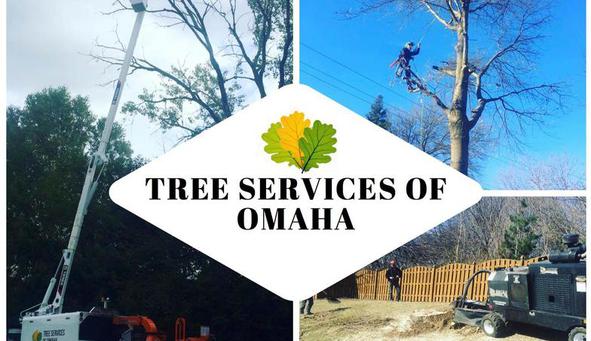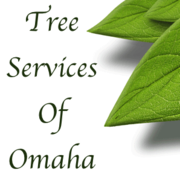Trees can grow in such a manner that their physical structure can no longer support their own weight. This is particularly common in mature multi-trunked trees and trees with open canopies. Failure of a large branch or trunk can result in property damage, personal injury, or the decline of a tree’s health. Cables and bracing rods are tools arborists use to protect or improve the structural integrity of trees.
Tree Cabling and Bracing Overview

Cabling can secure low-hanging Live Oak limbs.
The installation of cables and bracing rods, along with pruning to reduce end-weight can reduce the likelihood of a structural failure. Properly installed cables help to redistribute structural stress, and bracing rods can provide support to branch attachments deemed weak. A combination of cabling and bracing can successfully address existing splitting limbs and trunks. A Certified Arborist can best determine if your trees can benefit from the installation of cables and bracing rods.
Cabling and Bracing Mature Trees

The structural integrity of this American Elm is improved with installation of cables.
As a tree grows, the angles that exist among limbs determine structural integrity. Branches having a wide angle of attachment or a pronounced “U” shape will be stronger than that of a narrow “V” shape. When a tree is young, the stress placed on a narrow angle of attachment is usually minimal. However, as the tree matures the weight of the canopy and the additional load created by winds, snow, or wet foliage may be more than the attachment can support. In the case of Oaks an Pecans, a heavy seed crop can cause limbs to split or break. Properly placed cables can help redistribute the load allowing limbs to support each other, rather than moving independently.
Mature trees having a broad spreading canopy, such as Live Oaks, often have lower limbs that grow horizontally to the edge of the canopy. Such limbs often droop lower with the weight of and additional year’s growth. These limbs can be cabled to maintain a specific height or to provide clearance above a walk, drive, or roof. Such cabling is an alternative to the removal of large branches.
Cabling and Bracing Multi-trunked Trees
By their very nature, multi-trunked trees are subject to failure. Because each trunk competes for canopy space, the limbs and foliage grow away from the center of the collective trunks, placing the wight load on one side of each trunk. This factor, plus the competition for root space, results in the failure of multi-trunked trees at a rate greater than trees with single trunks. Failure of any singular trunk can create a wound at the collective base that heals slowly, creating a site for opportunistic insects and diseases. Cabling can substantially reduce the likelihood of structural failure. Every cable installation is tree specific. A Certified Arborist can determine the best cabling arrangement for multi-trunked trees.
Cabling and Bracing Split Trees

This bracing rod, along with properly placed cables, stabilizes a vertical split in a young Bur Oak.
Trees with trunks that have narrow angles of branch attachments may develop vertical splits. Such cracks are often a result of structural stress or storm damage. When such splits are found, immediate attention is needed to prevent complete failure. Your arborist can advise you as to whether the tree should be removed or if cabling and bracing is a viable alternative. If the latter is an option, selective pruning, the installation of cables, and the proper placement of bracing rods can add years to the life of a damaged tree without affecting its aesthetic appeal.
Cabling Young Trees
Occasionally, there is a need to cable young trees. Your arborist can determine the specific installation techniques and materials appropriate for your tree’s health.
Hardware Maintenance
Tree cable and bracing hardware is subject to the elements, and thus should be inspected annually. The normal movement of branches can cause cables and hardware to wear, reducing the load carrying abilities. Annual inspections are particularly important when a cable failure might result in property damage or personal injury. A visual inspection by a Certified Arborist is usually all that is necessary. A closer inspection can be made with subsequent prunings. The need for additional cables can be determined as the tree’s canopy continues to grow.
Species Specific
Large open-canopy trees that can benefit from properly placed cabling include Live Oak, Shumard Red Oak, Texas Red Oak, Pecan, and Cedar Elm.
Multi-trunked trees that can benefit from properly placed cabling include Texas Red Oak, Shumard Red Oak, Live Oak, Cedar Elm, Arizona Ash, River Birch, and Hackberry.
Trees that are prone to vertical splitting include Live Oak, Red Oak, and American Elm.



